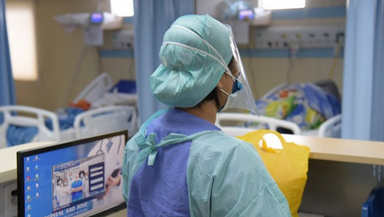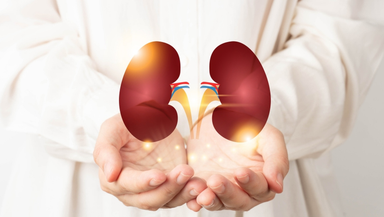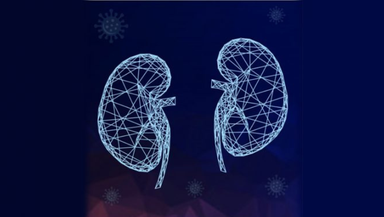All About ACL Injuries: How It's Diagnosed, and Treatment Options Available

The Anterior Cruciate Ligament (ACL) is a crucial band of tissue that provides stability and mobility to the Knee joint by holding the bones together. ACL Injuries or tears are common Knee injuries, often seen in athletes engaged in high-intensity activities like running and jumping. The pain caused by an ACL Tear is excruciating and can be debilitating, rendering the joint incapable of bearing weight or allowing normal movement.
How to recognize an ACL Injury?
The symptoms of an ACL Injury are hard to miss due to the intensity of pain. They typically include:
- Sudden onset of pain
- Popping sound at the time of injury
- Severe pain that restricts joint mobility
- Loss of joint stability
- Rapid swelling and inflammation of the knee
Recognizing these symptoms is crucial as ACL injuries require immediate medical attention to prevent further damage to the knee joint.
What are the risks of ACL Injury?
Several factors increase the risk of ACL Injury, including:
- Anatomical and hormonal factors that make women more vulnerable.
- Engaging in contact sports and high-intensity activities like soccer, basketball, and gymnastics
- Poor exercise form, such as incorrect knee positioning during lunges or squats
- Ill-fitted footwear
- Playing sports on artificial turf
- Use of poorly maintained or low-quality gym equipment
Diagnosis and Tests for ACL Injury:
Along with a physical examination, doctors may recommend the following tests to diagnose an ACL Injury:
- X-rays: Used to rule out fractures but cannot reveal tissue injuries like ACL Tears.
- Magnetic Resonance Imaging (MRI): An imaging test that provides detailed images of both hard and soft tissues, helping assess the extent of the ACL Injury and any additional damage.
- Ultrasound: Utilizes soundwaves to create visuals of internal structures, aiding in the identification of ACL injuries.
Treatment of ACL Injury:
Treatment for ACL Injuries varies depending on the severity. Minor injuries may be managed with first aid, rest, and the use of crutches. Anti-inflammatory medications can help reduce swelling and relieve pain. Physical therapy is crucial for recovery, including exercises to restore joint mobility and strengthen the surrounding muscles. In severe cases, ACL Knee Surgery may be recommended.
Know About ACL Knee Surgery:
ACL Knee Surgery, known as ACL Reconstruction, involves removing the damaged ligament and replacing it with a graft made of similar tissue or tendon. This graft will eventually grow to replace the torn ACL. Full Knee function is typically restored within a year.
BGS Hospital is renowned for its expert Orthopaedic Surgeons, making it a top destination for ACL Knee Surgery. The skilled Orthopaedic team ensures high success rates and provides excellent pre- and post-operative care.
Can you work with a torn ACL?
For sedentary jobs, a week's rest may be sufficient, but jobs involving standing or physical activity may require 5 to 6 months of rest before resuming work.
Recognizing the symptoms, understanding the risks, and seeking appropriate diagnosis and treatment are crucial for managing ACL Injuries effectively. Prompt medical attention and proper care can help individuals recover and regain their active lifestyles.
BGS Gleneagles Hospital











